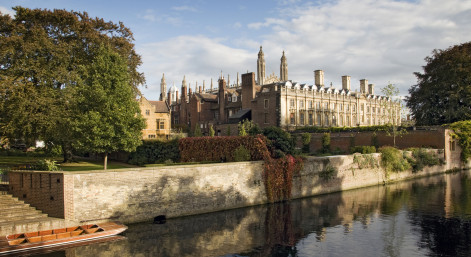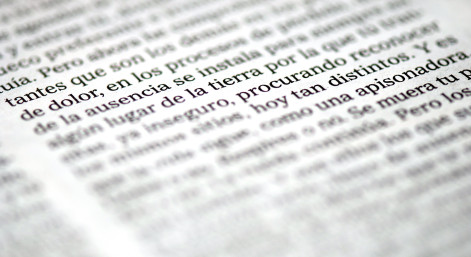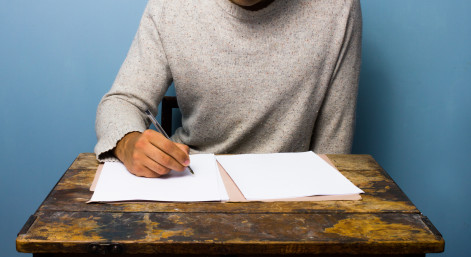Recently Updated Blogs
As the calendar turns a new page and the dawn of a brand-new year approaches, it's the perfect time to reflect on the academic journey behind and set the stage for the one ahead. Embracing the spirit of fresh beginnings, let's explore the importance of setting academic resolutions for a…
The anticipation following university interviews can be both exhilarating and challenging. As you eagerly await Oxford and Cambridge offers in the new year, it's crucial to channel your energy productively. Crafting a thoughtful post-interview action plan can not only keep you engaged but also contribute positively to your overall application…
The festive season is upon us, bringing joy, festivities, and a well-deserved break from the rigours of academic life. For students of all years, whether they have just finished their Oxbridge interviews and are approaching their A-levels, or are gearing up to GCSE exams in the summer, the Christmas break…
If you’re currently in year 10 or 11 and considering an application to Oxford or Cambridge, you’ll probably want to think ahead about your choice of A-levels to make sure that your choices will serve you well in making a strong application. Whether you’ve already chosen a university path or…
Why You Should Start Planning Your Child’s Application to Oxford or Cambridge in Year 11 Year 11 is a pivotal time: students are taking their GCSE exams, getting ready for Sixth Form, making choices for their future, and forming habits that will shape their path forward. With the right guidance,…


 Doing well on the TSA (Thinking Skills Assessment) is important if you’re applying to one of a number of courses at Oxford University, including PPE, Economics and Management, Experimental Psychology, History and Economics, Human Sciences, and PPL. To make sure you do as well as possible on the day, here are 6 top tips to do your very best and secure that interview for December!
Doing well on the TSA (Thinking Skills Assessment) is important if you’re applying to one of a number of courses at Oxford University, including PPE, Economics and Management, Experimental Psychology, History and Economics, Human Sciences, and PPL. To make sure you do as well as possible on the day, here are 6 top tips to do your very best and secure that interview for December! Many students are caught out by questions that require multiple steps. As you are under time pressure, it is likely that you will get caught up in the sums and risk forgetting the order in which you do them.
Many students are caught out by questions that require multiple steps. As you are under time pressure, it is likely that you will get caught up in the sums and risk forgetting the order in which you do them. The longer text part of the TSA is new to most students so it is a good idea to practice summarising arguments into one sentence so that you learn how to identify the main argument within a text.
The longer text part of the TSA is new to most students so it is a good idea to practice summarising arguments into one sentence so that you learn how to identify the main argument within a text. The TSA asks students to identify how an argument could be weakened or what assumption has been made to hold the argument up. The question is normally accompanied by a large chunk of text so to avoid being bogged down in the detail, you want to make sure you have learnt how to do this.
The TSA asks students to identify how an argument could be weakened or what assumption has been made to hold the argument up. The question is normally accompanied by a large chunk of text so to avoid being bogged down in the detail, you want to make sure you have learnt how to do this. The TSA presents certain questions that can test your brain in ways you aren’t used to at school. The TSA may ask questions on shapes fitting inside one another, the side view of a building or how to cut out shapes in a manner that creates a certain profile.
The TSA presents certain questions that can test your brain in ways you aren’t used to at school. The TSA may ask questions on shapes fitting inside one another, the side view of a building or how to cut out shapes in a manner that creates a certain profile. The TSA does not require knowledge beyond your GCSEs but it does test your ability to work under time pressure and to be able to calculate quickly and carefully. There are many practice tests available on time so make sure you try a few (in timed conditions!) before the day as it will mean you’ve trained your brain to think in the correct way.
The TSA does not require knowledge beyond your GCSEs but it does test your ability to work under time pressure and to be able to calculate quickly and carefully. There are many practice tests available on time so make sure you try a few (in timed conditions!) before the day as it will mean you’ve trained your brain to think in the correct way.
